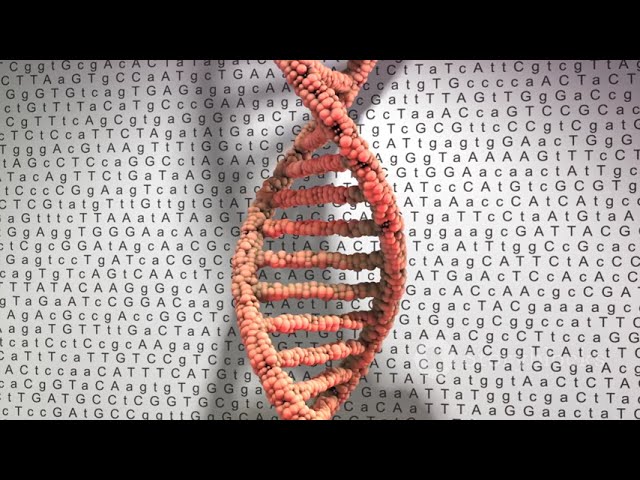Discover the fascinating world of cryptochromes with the landmark review by Margaret Ahmad and team, “Seeing’ the Electromagnetic Spectrum Spotlight on the Cryptochrome Photocycle,” published in Frontiers in Plant Science. Thirty years after Ahmad’s pivotal discovery of the blue light receptor cryptochrome, this comprehensive review delves deep into the evolutionary journey and intricate mechanisms of cryptochromes. From their origins tied to photolyases, essential for DNA repair, to their pivotal role in light sensing and regulation of circadian rhythms in plants and animals, cryptochromes emerge as molecules of immense biological importance. This paper shines a light on the latest revelations about cryptochromes’ sensitivity to electromagnetic fields, unveiling the exciting potential of “magneto-genetics”—a groundbreaking technology that promises to revolutionize synthetic biology and medicine by enabling the remote control of biological processes. Embark on a journey through the electromagnetic spectrum as this review elucidates the complex photocycle of cryptochromes, bridging decades of research with the prospect of future innovations.
Cryptochromes are a family of blue light receptors that have been the subject of fascination since their discovery approximately 30 years ago by Margaret Ahmad. Initially identified for their resemblance to photolyases, cryptochromes have since been recognized for their critical roles in regulating plant development and the circadian rhythms of animals and humans. This report examines the evolution of cryptochromes from DNA repair mechanisms to their current understood functions in light perception and their emerging role in magneto-genetics.
Cryptochrome Photocycle
At the heart of cryptochrome function is the photocycle, a sophisticated process that enables these proteins to sense light and participate in various biological activities. Upon absorption of blue or UV light, cryptochromes undergo photoreduction, leading to the formation of a flavin radical. This radical state is considered the “lit,” biologically active form, initiating a series of downstream signaling events. The reoxidation rate back to the inactive state significantly influences cryptochrome’s biological activity, illustrating the delicate balance that governs their function.
Responsivity to Electromagnetic Fields (EMFs)
A groundbreaking aspect of cryptochrome research has been the discovery of their responsivity to electromagnetic fields. This property suggests a potential role in magnetoreception, providing a molecular basis for understanding how organisms, from plants to migratory birds, perceive and respond to magnetic fields. This insight opens new avenues for investigating the mechanisms underlying navigation and orientation in the animal kingdom and how plants might sense and adapt to their magnetic environment.
Magneto-Genetics
The advent of magneto-genetics, powered by cryptochrome’s unique abilities, promises a revolution in synthetic biology and medicine. By exploiting cryptochromes’ sensitivity to magnetic fields, scientists envision controlling biological processes remotely, including targeted gene expression and activation of specific signaling pathways. This technology holds the potential for non-invasive treatments and precision medicine, marking a significant leap forward in our ability to manipulate biological systems.
Conclusion
Cryptochromes embody the remarkable journey from simple light receptors to key players in understanding biological light sensing and magnetic field perception. Their application in magneto-genetics further underscores the vast potential of these proteins in advancing synthetic biology and medical research. As we continue to unravel the complexities of cryptochrome function, the future holds exciting possibilities for novel technologies that could transform our approach to biology and medicine.
References
- Ahmad, M., et al. (2024). ‘Seeing’ the electromagnetic spectrum: spotlight on the cryptochrome photocycle. Front. Plant Sci.








